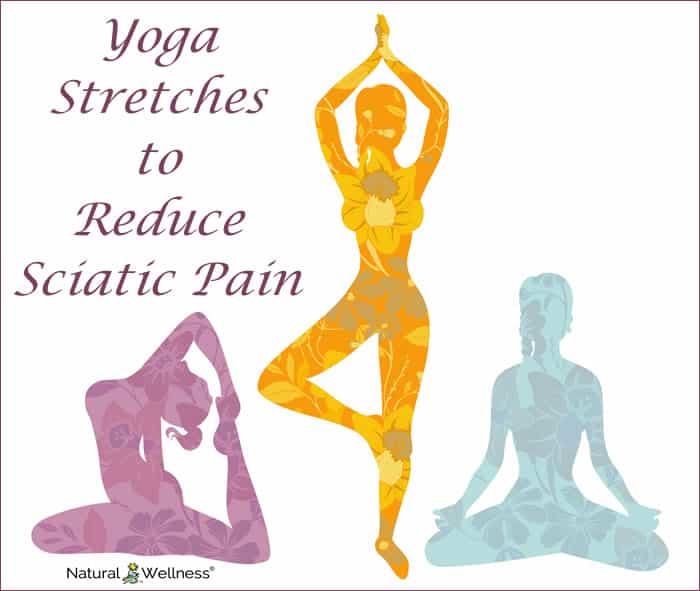

Sciatic pain affects 3% to 4% of the U.S. population, and those who suffer can experience debilitating pain for an average of 6 to 12 weeks. Sciatic pain, or sciatica, causes weakness, numbness, tingling, and pain in your low back and that runs down your legs and can even affect your lower legs and feet.
Sciatic nerve pain, and pain in your low back and legs, can be the result of irritation to the nerves from damage to the lumbar area of the back – or can be from irritation to the sciatic nerve caused by tightness in the deep rotator muscles in your glutes.
4 Yoga Stretches
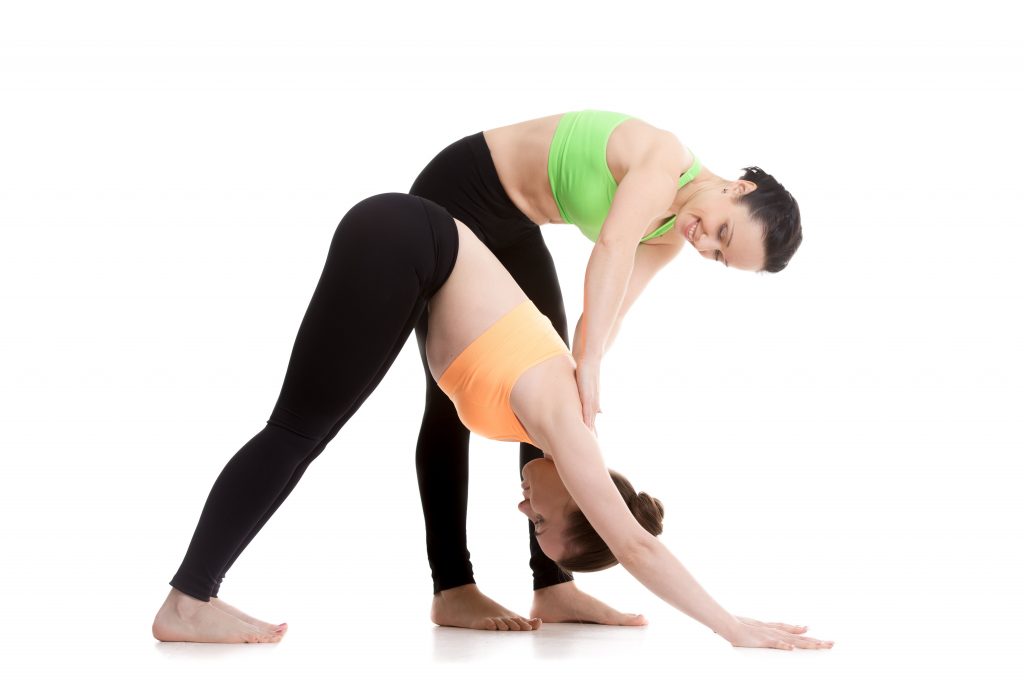
- Downward Dog: This is an excellent stretch for your hamstrings in the back of the thighs. With feet shoulder width apart, take a deep breath and allow yourself to lean forward, placing your hands on the ground about shoulder width apart. Walk your hands out until your weight is evenly distributed between your hands and feet, and keep your shoulders in a straight line with your elbows and head. Push your “sits bones” toward the ceiling, making an upside down “V,” pushing your heels toward the floor at the same time. Hold for 3 to 6 deep breaths.
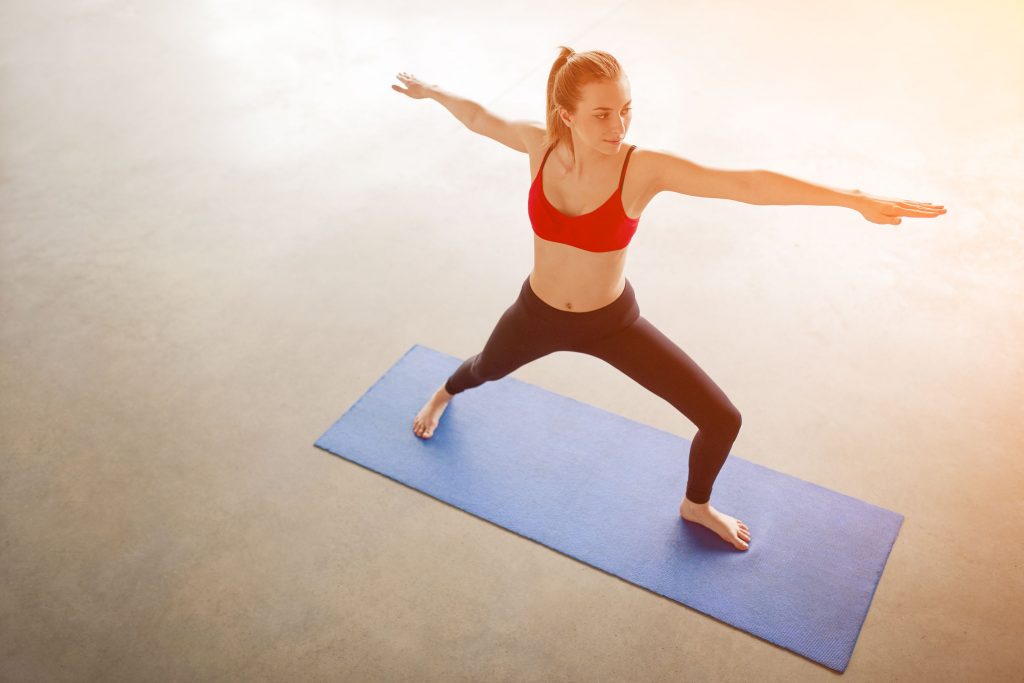
2. Warrior Poses: Stand with your feet 3 to 4 feet apart with the right foot in back, left in front. Turn right foot to the side, perpendicular to your body, while facing forward. Sink down into the “split,” settling into your hips, keeping hips facing forward, arms up next to your ears. Bring your arms down with left facing forward, right facing backward, then tilt and bring your left hand down toward your left ankle, while keeping your hips facing forward. Hold for 3 deep breaths, then come back up to left arm forward, right arm backward, with hips facing forward. Hold for 3 to 6 deep breaths. Repeat on other side.
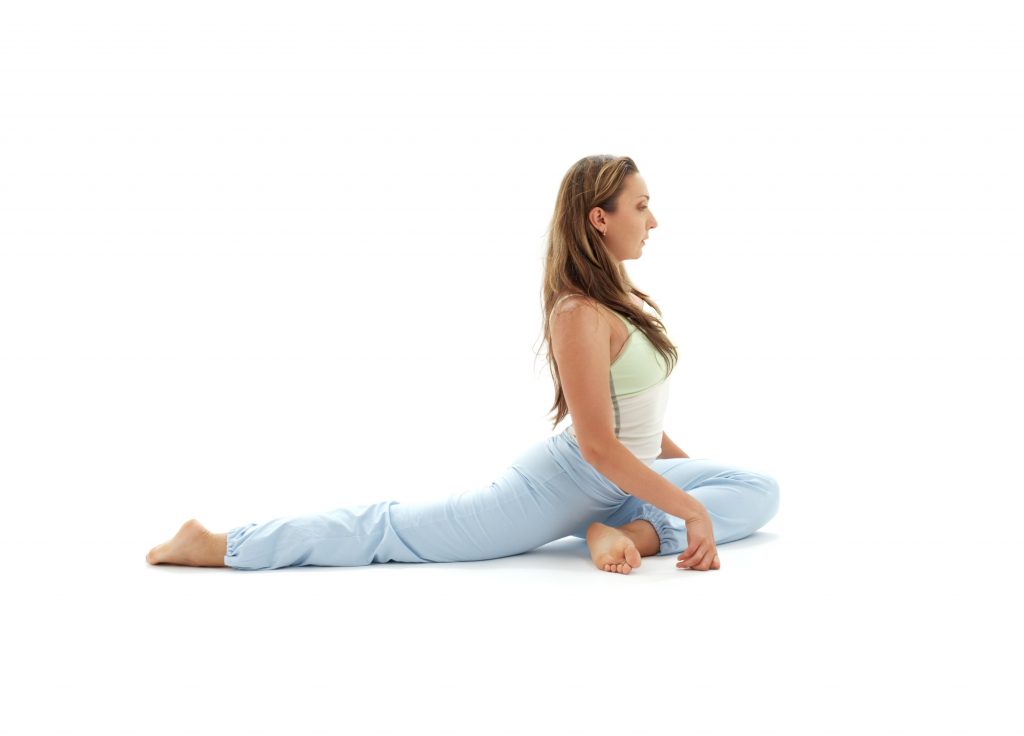 3. King Pigeon: Beginning on your knees, bring your right knee forward while turning your foot to the left, as close to perpendicular with your body as possible. Cross your left knee back over the right foot, and allow left leg to stretch straight out behind your body while supporting your upper body on your hands. Once your legs are in position, if you can, allow your upper body to sink down until you are resting on your elbows. If you cannot relax that far, use a bolster, box, or stack of blankets for support, and sink your upper body onto that. Hold for 3 to 6 deep breaths. Repeat on other side.
3. King Pigeon: Beginning on your knees, bring your right knee forward while turning your foot to the left, as close to perpendicular with your body as possible. Cross your left knee back over the right foot, and allow left leg to stretch straight out behind your body while supporting your upper body on your hands. Once your legs are in position, if you can, allow your upper body to sink down until you are resting on your elbows. If you cannot relax that far, use a bolster, box, or stack of blankets for support, and sink your upper body onto that. Hold for 3 to 6 deep breaths. Repeat on other side.
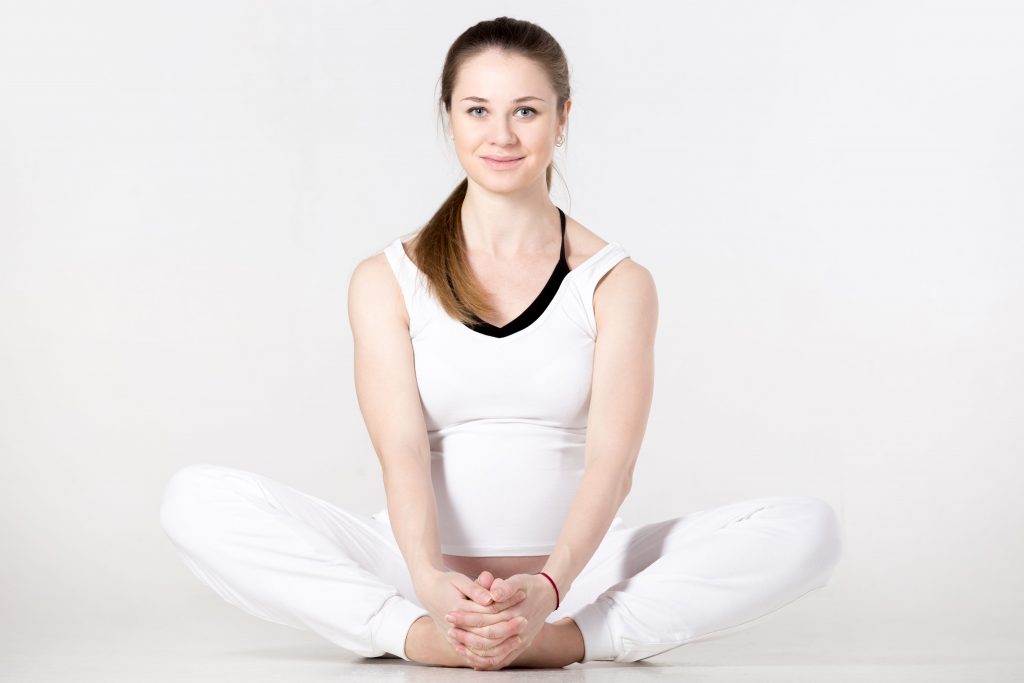
4. Butterfly Pose: Sit with your knees out and soles of feet facing each other. Bring feet as close to your body as possible, pressing slightly on your knees to deepen the stretch. Sit up straight, and hold for 3 to 6 deep breaths.
While stretching won’t “fix” damage to your lumbar disks or vertebrae, stretching your muscles in the low back and hips can improve your flexibility and reduce pain overall, reducing the number of instances of sciatic weakness and pain you may experience.

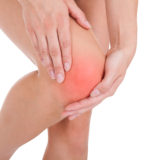



Thank You. Love having pictures for people…Sharing with clients that are having trouble with Sciatica.